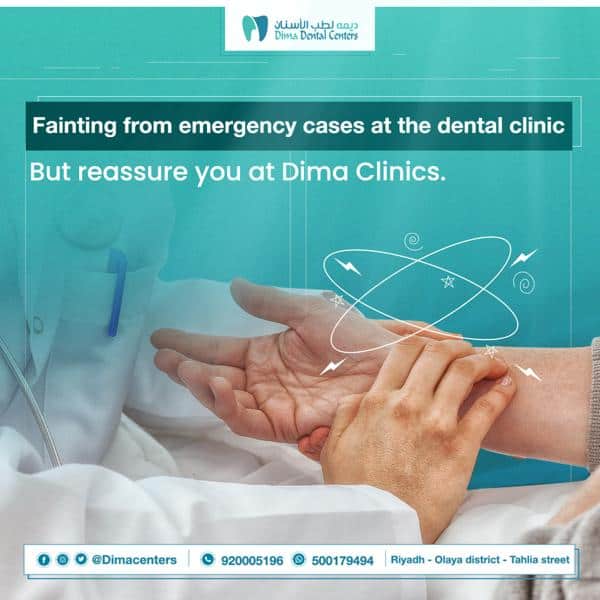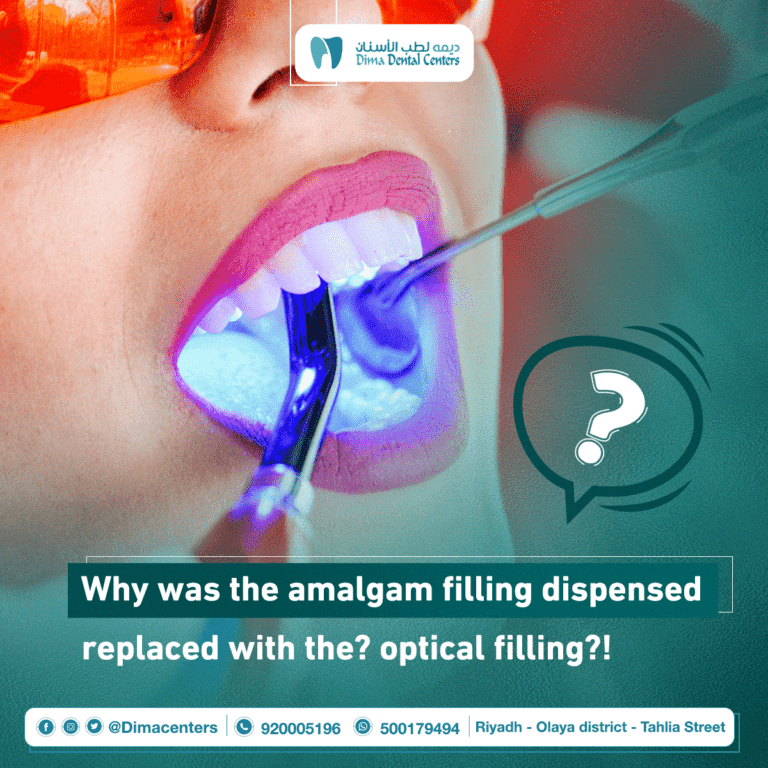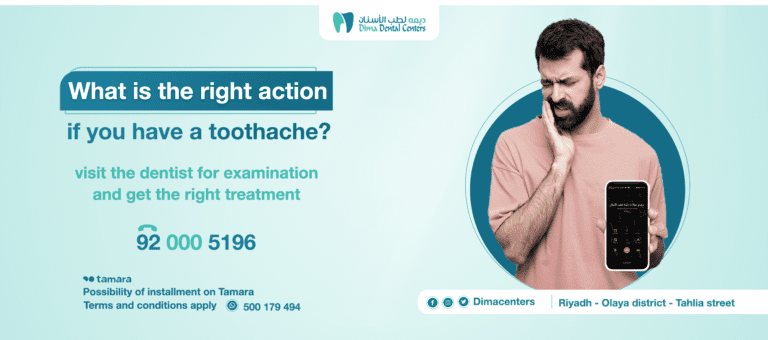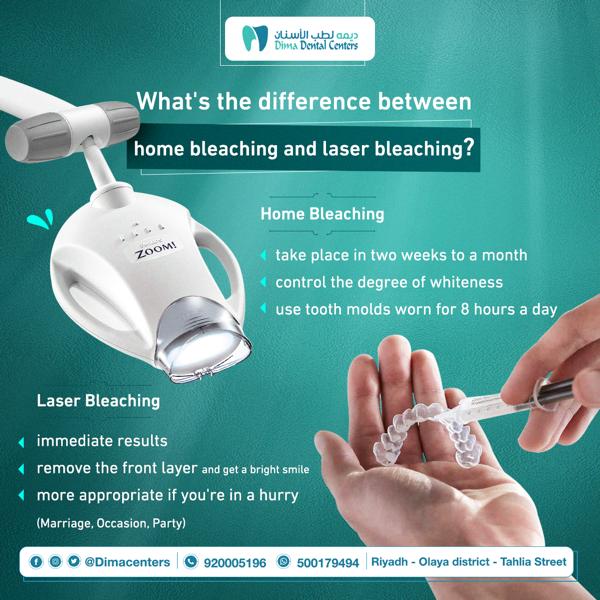Causes of fainting in dental clinics

Fainting can be a medical emergency in the dental clinic. A dental professional may have an emergency while providing care due to any of Causes of fainting in dental clinics. Every dental professional should be able to recognize and deal with that life-threatening situation.
Fainting is an immediate and temporary loss of consciousness. This is caused by a reduced blood supply to the brain. There are a number of reasons for this, but in the dentist’s office, pain, fear, mental stress or anxiety are among the main causes of fainting spells. Most dental patients who experience fainting are generally in good health, and do not have underlying cardiac or neurological problems.
How to act when somebody faints
If the brain’s blood supply is cut off for three to four seconds, fainting will occur. A review of these mechanisms shows that if a person faints when propped up in an upright position, such as in a dentist’s chair, they risk permanent brain damage or possibly die. Thus, laying the fainting patient in a horizontal position, adjusting clothing that is too tight around the neck, and administering ammonia salts are all remedies for this condition.
Preserving life is the ultimate goal in managing all emergencies. A medical condition that requires immediate attention and effective management is called an emergency, and the skills and experience required to address medical crises as they arise must be available to oral health practitioners and personnel.
The key to saving patients is early detection of emergency signs and symptoms and familiarity with care techniques. Fainting is the most common emergency encountered in dental clinics. It is described as a brief, sudden loss of consciousness caused by reduced blood flow to the brain.
The condition should last for a few seconds to several minutes when there is complete loss of consciousness and ability to respond. Medical intervention or hospitalization should be initiated if fainting lasts longer than 8 to 10 minutes or if complete recovery does not occur within 15 to 20 minutes. Other pathological mechanisms or conditions must then be taken into account.
Causes of fainting in dental clinics
Anxiety is often the main reason from various Causes of fainting in dental clinics. Fainting usually manifests as sweating, dizziness, light-headedness, slowed heart rate, and loss of consciousness. Vomiting or nausea may or may not occur.
Psychological or non-psychological variables can be classified as predisposing factors for fainting.
Psychological causes
- Anxiety.
- Pressure.
- Sudden and unexpected discomfort (during injection or treatment).
- Seeing blood (gauze and dental instruments).
Non-psychological causes:
- Standing motionless or sitting upright leads to blood pooling in the peripheral extremities, which reduces the blood flow to the brain, and this is especially true while the injection is given.
- Hunger caused by dieting or skipping meals reduces the brain’s glucose supply.
- Excessive fatigue and exhaustion.
- Unhealthy physical condition.
- Dilated pupils.
When a muscle contracts, the volume of blood diverted to it returns to the heart. While the muscles are not used (such as sitting or standing still), blood collects peripherally in the extremities and returns to the heart at a lower rate. This causes fainting because it reduces the amount of circulating blood, lowers arterial blood pressure, and reduces cerebral blood flow.
This results in the inability to immediately control the body’s mechanism to compensate for the reduced blood circulation, which leads to:
- Slow heart rate.
- A decrease in the heart pumping of blood.
- Reduction of Blood pressure.
- Lack of blood in the brain.
- Cramps in the extremities.
Symptoms and signs
There are early and late stages of fainting. At the beginning of the operation, the patient does the following:
- Loss of normal skin color.
- Excessive sweating.
- Feeling faint.
- Feeling sick.
- Rapid heart rate and somewhat low blood pressure.
Protection from fainting in dental clinics
- Yawning.
- Hyperventilation.
- Cold extremities.
- Reduction of Blood pressure.
- Slow heartbeat.
- Dizziness.
- Unconsciousness.
Preventing fainting and avoiding causes of fainting in dental clinics
Preventing fainting is the first step in managing it. This is made possible by:
- Taking a complete medical and dental history to find any potential triggers for fainting, such as hypoglycemia, a history of fainting, or fear of dental work due to previous painful or traumatic dental experiences.
- Part of crisis reduction is patient motivation and counseling.
- In cases of systemic disorders such as diabetes, the majority of fainting episodes can be avoided by making sure that the patient has eaten before treatment.
- Specifically anxious patients should eat a modest meal prior to treatment to maintain a stable blood glucose level throughout the stressful course of treatment.
- Anxiety is often the cause. Dentists often reduce anxiety in some patients by explaining each process in more detail.
- To effectively manage anxiety, some people may need varying degrees of sedation (anti-anxiety therapies).
- Before giving the injection in particular, patients should be treated in a semi-reclining position.
- The chance of obtaining a positive result can be increased through rapid identification by the dental team and effective care of medical crises.
- Activate the emergency system, call for help, and arrange for the delivery of oxygen and an emergency medication package to the scene of the accident.
- Placing the patient lying down or head down/foot up while maintaining a patent and functional airway, maintaining breathing and circulation, and usually elevating the patient’s legs.
Fainting management
- Stop dental treatment and determine the patient’s state of consciousness.
- Practically in all medical emergencies where the patient loses consciousness, the cause is low blood pressure in the brain.
- In most cases, the patient lying on his back will help him regain consciousness because it raises cerebral blood pressure.
- The majority of fainting sufferers have an adequate airway, breathing, and pulse, and recover from positional changes within 30 to 60 seconds.
- Four glucose blocks may be administered orally or intravenously with 20 mL of sterile 20-50% glucose if the patient’s pulse is felt.
- With this treatment, the patient with hypoglycemia will recover.
- Additionally, ampoules of aromatic ammonia can be used.
- Place the ampoule under the patient’s nose after crushing it between your fingers. Uncomfortable odors encourage movement of the extremities and help return blood to the heart and brain from the extremities.
- The etiology of fainting must be determined Although there are many possible causes, low blood sugar, stroke or cardiac arrest are the most common causes.
- The problem is likely to be a low glucose level if the patient’s blood pressure is normal. A patient may have a stroke if his blood pressure is too high. Either way you need a quick call to an ambulance.
Finally, we should know that dentists are well aware of Causes of fainting in dental clinics and the potential for medical emergencies in the dental office. Therefore, dental offices in China are well prepared to manage this.







